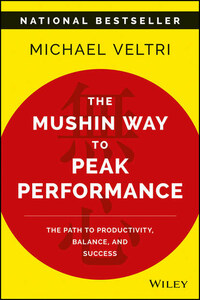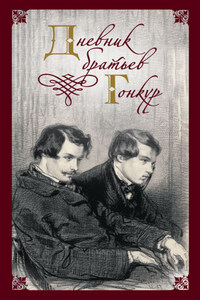Cover design: Wiley
Copyright © 2017 by Michael Veltri. All rights reserved.
Published by John Wiley & Sons, Inc., Hoboken, New Jersey.
Published simultaneously in Canada.
No part of this publication may be reproduced, stored in a retrieval system, or transmitted in any form or by any means, electronic, mechanical, photocopying, recording, scanning, or otherwise, except as permitted under Section 107 or 108 of the 1976 United States Copyright Act, without either the prior written permission of the Publisher, or authorization through payment of the appropriate per-copy fee to the Copyright Clearance Center, Inc., 222 Rosewood Drive, Danvers, MA 01923, (978) 750–8400, fax (978) 750–4470, or on the web at www.copyright.com. Requests to the Publisher for permission should be addressed to the Permissions Department, John Wiley & Sons, Inc., 111 River Street, Hoboken, NJ 07030, (201) 748–6011, fax (201) 748–6008, or online at http://www.wiley.com/go/permissions.
Limit of Liability/Disclaimer of Warranty: While the publisher and author have used their best efforts in preparing this book, they make no representations or warranties with respect to the accuracy or completeness of the contents of this book and specifically disclaim any implied warranties of merchantability or fitness for a particular purpose. No warranty may be created or extended by sales representatives or written sales materials. The advice and strategies contained herein may not be suitable for your situation. You should consult with a professional where appropriate. Neither the publisher nor author shall be liable for any loss of profit or any other commercial damages, including but not limited to special, incidental, consequential, or other damages.
For general information on our other products and services or for technical support, please contact our Customer Care Department within the United States at (800) 762–2974, outside the United States at (317) 572–3993 or fax (317) 572–4002.
Wiley also publishes its books in a variety of electronic formats. Some content that appears in print may not be available in electronic books. For more information about Wiley products, visit our website at www.wiley.com.
Library of Congress Cataloging-in-Publication Data:
Names: Veltri, Michael, author.
Title: The mushin way to peak performance: the path to productivity, balance, and success / Michael Veltri.
Description: Hoboken, New Jersey: John Wiley & Sons, Inc., [2016] | Includes bibliographical references and index.
Identifiers: LCCN 2016044309 | ISBN 9781119285250 (cloth) | ISBN 9781119285267 (epdf) | ISBN 9781119285274 (epub)
Subjects: LCSH: Aikido – Psychological aspects. | Aikido – Philosophy. | Performance. | Problem solving. | Success.
Classification: LCC GV1114.35 .V45 2016 | DDC 796.815/4 – dc23 LC record available at https://lccn.loc.gov/2016044309
INTRODUCTION
THE AIKIDO WAY
The soldier and martial artist Morihei Ueshiba was about to die.
Ueshiba was in Inner Mongolia on a mission of peace, traveling through a remote mountain pass when, suddenly, he and his party were ambushed. Their enemies – Chinese Nationalist soldiers and armed bandits – made a sudden attack, firing weapons as Ueshiba's party scattered, looking for cover in the bare mountains.
Surrounded, outnumbered, Ueshiba prepared himself for death. He drew on the reserves of mental strength he had built in years of martial arts practice, military service, and Buddhist studies. Despite the ambush, a strange calmness came over him. He later described the moment this way:
“I could not move from where I stood. So when the bullets came flying toward me, I simply twisted my body and moved my head…I could see pebbles of white light flashing just before the bullets. I avoided them by twisting and turning my body, and they barely missed me.”1
Ueshiba had spent years training in the martial art of aiki-jutsu, a brutal self-defense system that evolved out of classical Japanese swordsmanship. For the samurai, life and death were determined on the battlefield in milliseconds, with razor-sharp swords. Aiki-jutsu was the samurai's last line of self-defense; if he lost his sword, he could still fight with his empty hands.
But, in the early twentieth century, after his experience in Inner Mongolia, Ueshiba took the martial tradition of aiki-jutsu and created aikido (pronounced “eye-key-doe”), also called the “art of peace,” “meditation in motion,” or “moving Zen.” Over the years, he had come to realize that success in martial arts comes not only from physical discipline but also from a deep calmness similar to what he felt on the mountain pass. Of that moment when time stopped, he said:
“The calmer I became, the clearer my mind became. I could intuitively see the thoughts, including the violent intentions, of the other. The calm mind is like the quiet center of a spinning top; because of the calm center, the top is able to spin smoothly and rapidly. It almost seems to be standing still. This is the clarity of mind and body that I experienced.”








